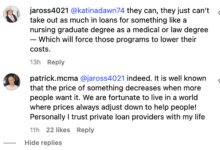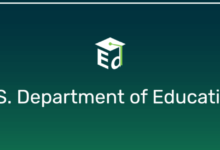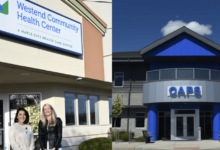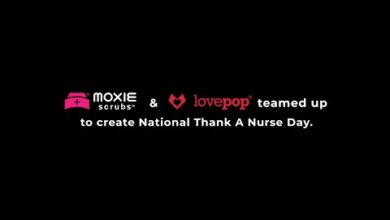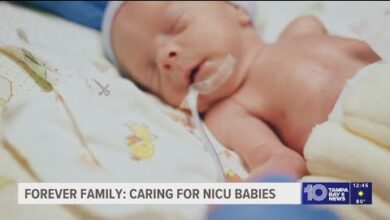POC CNA | Improving Patients’ Outcomes through Technology

Technology evolves faster than we ever imagine; in hours, even minutes, new inventions or upgrades enter the market, and of course, healthcare is not outside of these improvements. That’s why we will talk about a tool that assists CNAs and all clinicians who work on the frontline with patients to keep the appropriate medical records, avoid human error, and maintain a high quality of healthcare services.
What Is a POC CNA?
Point of care (POC) is any action, documentation, or test made at the POC, which means near or close to the patient or resident.
For example, with the Covid 19 pandemic, point-of-care tests have rapidly become a broadly used tool. With these tools, the analysis is made near the patient or where the healthcare is provided, and the use of these tests is expected to grow in the foreseeable future.
When we talk about a point-of-care CNA, it also is essential to mention that CNAs or any frontline clinician has to chart everything made to the resident right after checking him, to minimize the possibility of human error and give the patient a high-quality service. This CNA POC charting is crucial for every clinician to understand the patient’s or resident’s condition and evolution.
What Is a Medical Chart?
A medical chart is a complete record of the patient’s medical history. This chart has to have all the allergies, illnesses, lab tests, treatments, vital signs, evolution, and all that is needed to give the patient the proper treatment in the best possible way.
How Is Charting Made Easy with POC?
With new healthcare technologies, CNA POC charting becomes more manageable because it eliminates most of the errors that come with illegible entries, altering notes after the event, and mixing the residents’ charts—all of which could lead to a catastrophic end.
With medical documentation programs that help with the charting process, the possibility of human errors in charting a patient’s treatment is reduced to a minimum. Many charting programs are in the market with great benefits for any healthcare center.
Some of the benefits of using these programs are the following:
- They allow better visualization of the patient’s or resident’s chart so all the clinicians involved in the patient’s treatment are aware of the patient’s needs.
- Warnings could be programmed to pop up with these programs, which help all RNs, LPNs, and CNAs to know important resident information.
- These programs are user-friendly, which translates to better outcomes because clinicians can record more specific information in less time.
- They facilitate more accuracy when recording patient visits, making the charting process efficient.
- Since everything is uploaded to the program from the beginning, problems like illegible notes are eliminated.
The list above just has a few benefits that charting programs offer. The process of charting a patient’s treatment and evolution is vital to avoid malpractice, among other things.
Why Is Charting So Important for Nursing Professionals?
Nurses are clinicians who work on the front lines, and they are responsible for admitting patients and charting everything done to the patient to offer a quality healthcare service, avoid human error, and protect clinicians and residents in health practices.
Charting is vital to provide healthcare with positive outcomes; when a resident is admitted to a healthcare center, they will be treated by different doctors and clinicians. That’s why it is necessary to chart every visit, procedure, and test performed on a patient so all the medical staff knows exactly what has been done to the patient or resident and what’s needed.
Also, charts are a backup for CNAs and all medical staff when there is a possibility of a malpractice lawsuit; 75% of emergency physicians are named in a malpractice lawsuit throughout their careers, and limited or missing documentation, like illegible entries or transcribing errors, play a role of up to 20% in these lawsuits, and this affects the physician’s defense.
For the reasons described above, charting is essential in a nurse’s career, and this process becomes more efficient, accurate, and secure through charting programs.
Medical Terminology in the Charting Process
Medical terminology is crucial in charting since every clinician needs to understand the medical documentation to know the patient’s evolution and the course of action and adequately treat the patients or residents.
Here are some important medical abbreviations provided by Rasmussen University to make charting understandable for everyone:
- ALOC: Acute Loss of Consciousness
- ASA: Acetylsalicylic acid, commonly known as aspirin
- BMI: Body mass index, a measure of body fat based on height and weight
- BP: Blood pressure
- BLS: Basic life support, includes CPR and removal of foreign body airway obstruction
- CAT scan: Computerized axial tomography—a form of diagnostic imaging
- CHF: Congestive heart failure
- CPR: Cardiopulmonary resuscitation, a life-saving technique that’s also called mouth-to-mouth resuscitation
- DNR: Do not resuscitate—a medical order indicating providers should not perform CPR or other life-saving measures on a patient
- DOA: Dead on arrival
- Rx: Shorthand for prescription, usually for medication, but can also signify another treatment.
These are some important acronyms used in healthcare to give more information to other clinicians in less time, and everyone can understand this language. So there lies the significance of using abbreviations in healthcare.
As mentioned before, CNAs are responsible for charting. Therefore, they have significant responsibility for patient outcomes, which largely depend on the accuracy of CNAs’ charting.
What Are the Highest-Paid CNA Jobs?
The mean wage for a CNA is $36,220 annually and $17,41 hourly, but there is a way to gain more through per diem jobs with apps like Nursa, on which you can make $25 per hour or more working by shifts.
To explain a little bit more, per diem means “per day,” so a per diem job is a fixed-time employment, which means that the CNA hired doesn’t become permanent staff, and their work ends when the shift finishes. It is an excellent way to earn more and balance your life between your job and personal time.
If you are considering moving to another state or want to find out which states are paying CNAs more, the article below will interest you.
Top 10 Best Paying States for CNAs
How Can I Find CNAs Near Me?
The easiest way to find CNAs is through the Internet, and Nursa is the best option; after you complete the app’s requirements, you will gain access to post jobs and find the CNAs you need.

